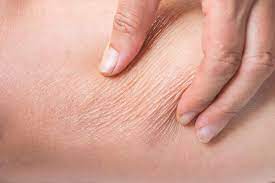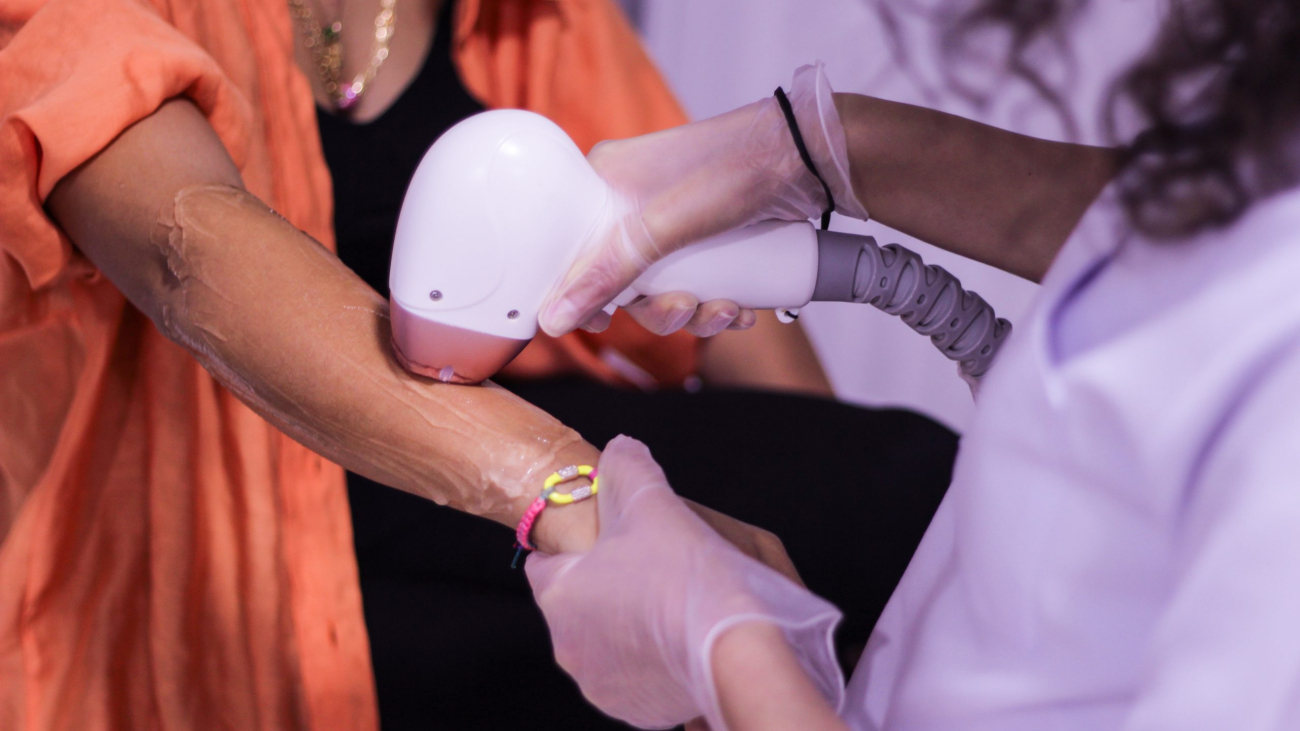How to Determine Your Skin Type: A Beginner’s Guide
Understanding your skin type is essential to finding the right skincare products and facial treatments that work for you. However, it can be challenging to identify your skin type, given the many factors that can affect it. Here are some tips to help you determine your skin type:
- Normal Skin: If your skin is well-balanced and not too oily or dry, you likely have normal skin. Normal skin has a smooth texture, small pores, and an even tone. Keywords: normal skin, balanced skin, smooth skin.
- Dry Skin: If your skin feels tight, flaky, or itchy, you may have dry skin. Dry skin is characterized by a lack of oil production, which can lead to rough, dull, or cracked skin. Keywords: dry skin, lack of oil, rough skin.
- Oily Skin: If your skin feels greasy or shiny, especially in the T-zone (forehead, nose, and chin), you may have oily skin. Oily skin is caused by overproduction of sebum, which can clog pores and lead to acne. Keywords: oily skin, overproduction of sebum, clogged pores.
- Combination Skin: If your skin is oily in some areas and dry in others, you may have combination skin. Combination skin is common and can be challenging to find a skincare routine that works for both oily and dry areas. Keywords: combination skin, oily and dry areas, skincare routine.
To determine your skin type, wash your face with a gentle cleanser and pat it dry. Wait for 30 minutes, and then observe your skin:
- If your skin feels comfortable, smooth, and not too oily or dry, you likely have normal skin.
- If your skin feels tight or itchy, you may have dry skin.
- If your skin feels greasy or shiny, especially in the T-zone, you may have oily skin.
- If your skin is oily in some areas and dry in others, you may have combination skin.
By understanding your skin type, you can choose facial treatments that are best suited to your skin’s unique needs. And don’t forget to seek advice from a skincare professional for personalized recommendations based on your skin type and concerns.













